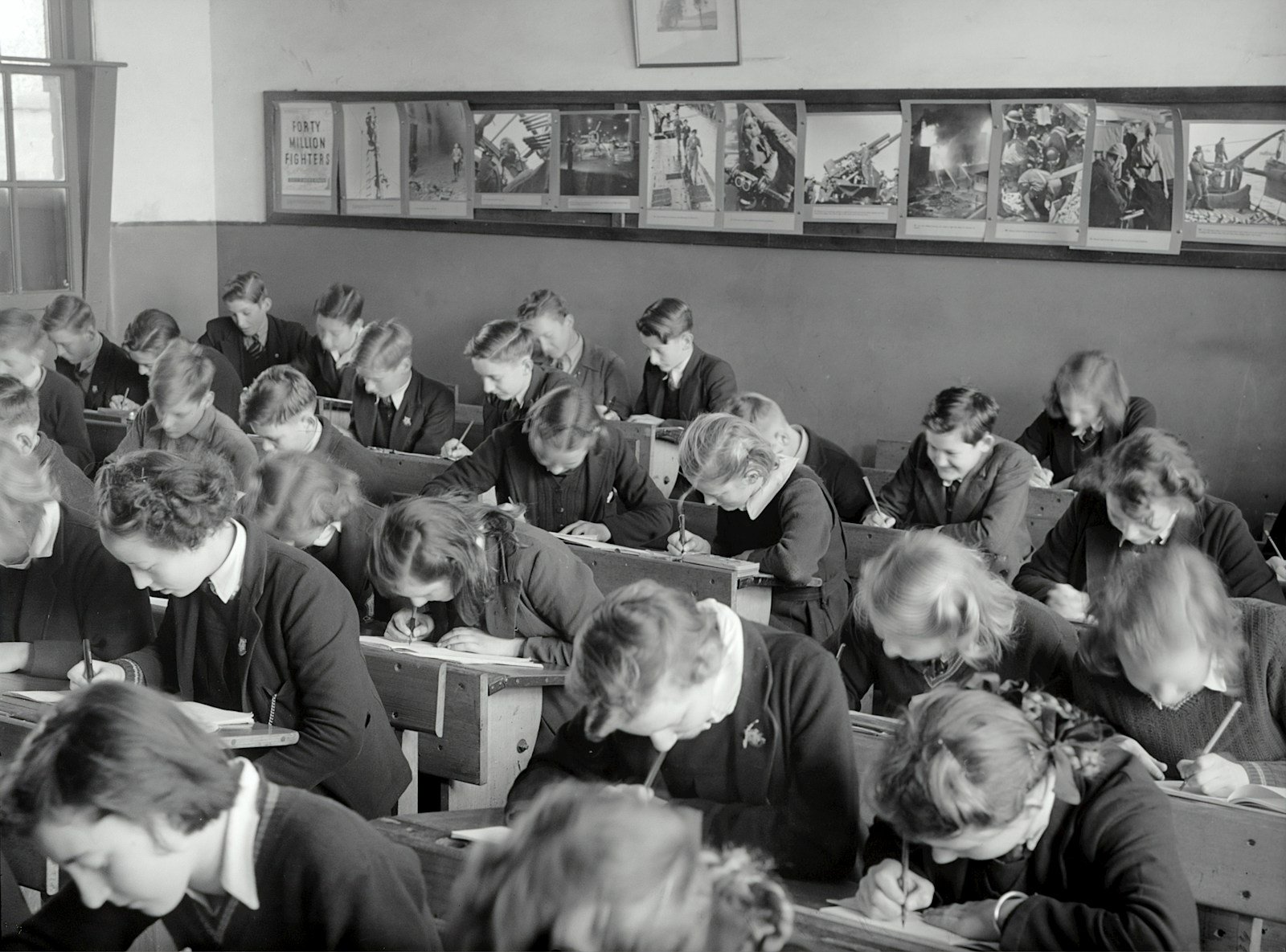(As an Amazon Associate we earn from qualifying purchases)
How Spelling Books Shape Confident Writers
For many readers, the first “aha” moment with language comes when they crack the code of spelling. Spelling Books do more than list words; they weave phonics, morphology, and memory tricks into a roadmap that turns hesitant readers into fluent writers. A 2024 synthesis of literacy research shows that explicit spelling instruction predicts significant gains in both decoding and composition fluency—outperforming phonological‐awareness training alone (MDPI). Meanwhile, the National Center for Education Statistics reports that 57 percent of American adults still read at or below an eighth‑grade level, underscoring why an engaging spelling dictionary or a kid‑friendly word speller matters today more than ever (APPLI).
“A man who can spell a word only one way lacks imagination.” — Mark Twain
That quip captures the heart of every spelling bee book on classroom shelves: wordplay unlocks creativity. When learners explore syllable patterns, phoneme–grapheme mapping, and etymological quirks, they gain the automaticity that research by Graham et al. (2012) links to sharper writing and richer vocabulary (Shanahan on Literacy).
Crunching the Numbers Behind Spelling Mastery
- 5‑point reading drop: Nine‑year‑olds scored five points lower in reading on the latest NAEP long‑term trend assessment compared with 2020—the steepest decline since 1990 (Informe Nacional de Resultados).
- Top search misspellings: Google Trend analyses reveal “seizure” and “pterodactyl” as the most‑queried problem words in multiple U.S. states (KSNV).
- Writing‑fluency boost: Students who practiced weekly with systematic spelling literature improved composition speed by 17 percent over peers who relied on unstructured journals (theliteracybrain.com).
Fun Fact: The very first American speller—Noah Webster’s Blue‑Backed Speller—sold an estimated 100 million copies, making it the most popular textbook in U.S. history.
Why the Right Spelling Books Outsmart Apps
While automatic spell‑checkers can flag mistakes, they rarely explain why “hopping” doubles the consonant but “hoping” drops the silent e. Well‑designed Spelling Books tackle these “orthographic puzzles” head‑on, pairing multisensory drills with mnemonic devices that stick. Invented‑spelling activities, for example, encourage children to test hypotheses about letter–sound relationships, a method proven to demystify abstract phonemes (MDPI).
Parents also appreciate printed spelling notebooks because they create a tangible record of progress—useful for teacher conferences and for celebrating incremental wins like mastering phonetic speller rules or conquering tricky digraphs.
Top 10 Best Spelling Books
- Fantastic spelling series aligned with current State Standards
- Reinforces students spelling skills
- Features focused practice in spelling patterns, strategies and spelling skills related to meaning and context

- Includes 180 ready-to-use, reproducible lessons – one for each day of the school year
- A new volume in the new series 5-Minute Fundamentals
- This book is designed to be used by classroom teachers, homeschoolers, tutors, and parents

- Panda Education, Scholastic

- Fantastic spelling series aligned with current State Standards
- Reinforces students spelling skills
- Features focused practice in spelling patterns, strategies and spelling skills related to meaning and context

Choosing the Perfect Spelling Book for Every Learner
Selecting the ideal guide is part science, part storytelling. Consider these expert‑backed checkpoints before you click “Buy”:
- Scope and Sequence
A strong natural speller often needs enrichment rather than drill. Look for leveled series with placement tests so you can skip ahead without missing suffix rules. - Methodology Transparency
Trust resources that lay out explicit strategies—CVC doubling, silent‑e deletion, or y‑to‑i shifts—rather than vague “exercises.” Clarity signals authorial authority and aligns with evidence‑based teaching. - Multi‑Sensory Features
Tactile tracing, color‑coded morphemes, or QR‑linked audio reinforce the memory channels described by literacy neuroscientists. - Cultural Relevance
Modern titles integrate diverse word lists (yes, even “zami,” “witchcraft spellbook,” or “hocus pocus”) so learners see language as living, inclusive, and fun. - Assessment Tools
Robust review quizzes and self‑scoring rubrics keep motivation high and mirror the format of a spelling bee book—perfect rehearsal for classroom competitions or regional bees.
Beyond the Page: Building a Spelling Ecosystem
Pair your new Spelling Books with digital flash‑card apps, family game nights, or friendly “star speller” charts on the fridge. As NCES analysts note, students who read daily outside school score nearly 20 points higher in reading than peers who rarely open a book—proof that consistent exposure multiplies gains. Yet the same data warn of stagnation among struggling readers, making a research‑grounded spelling power program a must (Informe Nacional de Resultados).
Finally, remember that even adults benefit from a trusty desk spelling dictionary when drafting résumés or crafting social‑media posts. With literacy gaps widening, modelling lifelong learning signals to children that orthography isn’t a school task; it’s a professional asset.
Ready to Turn Pages into Progress?
A thoughtfully chosen stack of Spelling Books can close learning gaps, boost confidence, and maybe even spark a lifelong love of etymology. Compare scopes, peek at sample pages, and imagine the moment a young reader finally nails “pterodactyl.” That victory is why the right book matters—and why investing a few minutes today can pay literacy dividends for decades.
—










